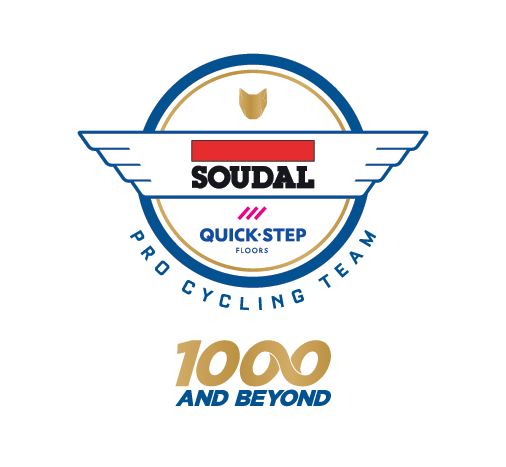Many cycling fans will be looking for new ways to train during the Covid-19 crisis, with chances to spend time outside restricted.
But experts and governments have asked us to try and stay fit and strong, citing the benefits to our physical and mental health. For a lot of cycling fans that means jumping on the rollers to keep our legs spinning.
We have teamed up with our friends from Tacx, who have launched their #NeverStopCycling campaign, aimed at getting us on our bikes during these difficult times, to bring you some tips on how to train at home, on your rollers.
Advantages
Efficiency – As well as being able to stay safe indoors, there are several advantages to training indoors. Firstly, it is a recognised fact amongst coaches and physiologist that riding on an indoor trainer will make you faster, as it allows for a focused structured training. Training on the road, even on a flat road, involves freewheeling for around 10% of the time, while a hillier route can involve descending around for around 40%. Turbo training can achieve more in one hour than four hours on the road
Flexibility – Riding can be done at any time to fit around your schedule, regardless of the time of day or the weather outside. The technology in modern turbo trainers has evolved a lot since their original incarnation, with machines now being super quiet, meaning you won’t disturb those close to you, whatever the time of day.
Specific – Training and riding can be tailored specifically to meet your goals. Maybe you are looking forward to riding the mountains one day, but live in a flat area? By raising the front wheel and sitting further back in the saddle, you are engaging the different muscle groups needed for climbing. Or, if you want to improve your pedalling technique, focusing on cadence and preforming specific drills can help.
Setup
Getting your setup right can make a massive difference when it comes to riding indoors. Firstly, pick the right area of your home. Riding on the rollers involves sweating a lot so you want to find a room where you have plenty room, not too warm and is well ventilated. Think about how you can put a towel within reach for those warmer moments, as well as a small table in front for your phone/tablet/laptop.
Kit wise, there are several different types of trainer available. While more traditional rollers are still available, most now turn to turbo trainer that holds the bike in a stable position. Rollers are usually considered better for improving pedalling technique, with turbo trainers being able to offer resistance suitable for harder intervals. Many are also now choosing to use a Smart trainer, which when paired with a head unit, a laptop or mobile device, can give metrics such as power, speed, distance and heartrate, as well as access to interactive cycling platforms, (more to come!).
Finally, don’t forget to accessorise. You will need a drink to replace the fluid that you will lose, which also make a mat under your machine and a sweat cover to protect your bike a good idea. And don’t forget your headphones or speakers for music to accompany your training session.

Choosing your session
With most of us now having an extended period at home, we have a chance to be very specific with our exercise and training regime. Picking a goal before you start can help concentrate the mind and keep you motivated. Goals can be anything from wanting to lose weight, build endurance, or increasing explosiveness, with Tacx’s How To online section being filled with advice on how to pick the most suitable sessions.
However, we have picked out some of our riders’ favourite sessions, that you can enjoy at home:
Session 1
Workouts with a high intensity and a lot of variation, to give you a big training stimulus. An example of a training like that could be this training of +/- 1 hour:
- 15’ warm-up at 50-60% of FTP
- 3 series of 5 x (1’ at 125% of FTP / 30s recovery at 50%) with 5’ recovery at 50% FTP in between the series
- 15’ Cool Down at 50-60% FTP
This is a hard session, so this could be a training for more advanced/experienced cyclists and not something to do every day, but 2-3 times / week at max.
Session 2
Another thing you can work on in muscular endurance and pedalling technique. You can combine this in an exercise in which you alternatingly do a hard effort at a low cadence and use the recovery period to ride with a higher cadence. In the hard, low cadence efforts you stimulate muscular endurance. In the high cadence recovery drills, you stimulate the coordination and leg speed you need to be able to ride fast.
An example of a training like that could be this training of +/- 1 hour:
- 10’ warm-up at 50-60% of FTP
- 6 x 5’ at 90% of FTP at 50 rpm / 3’ recovery at 50% FTP at 110-120 rpm
• 10’ Cool Down at 50-60% FTP
Photo credit: ©Luc Claessen / Getty Images


